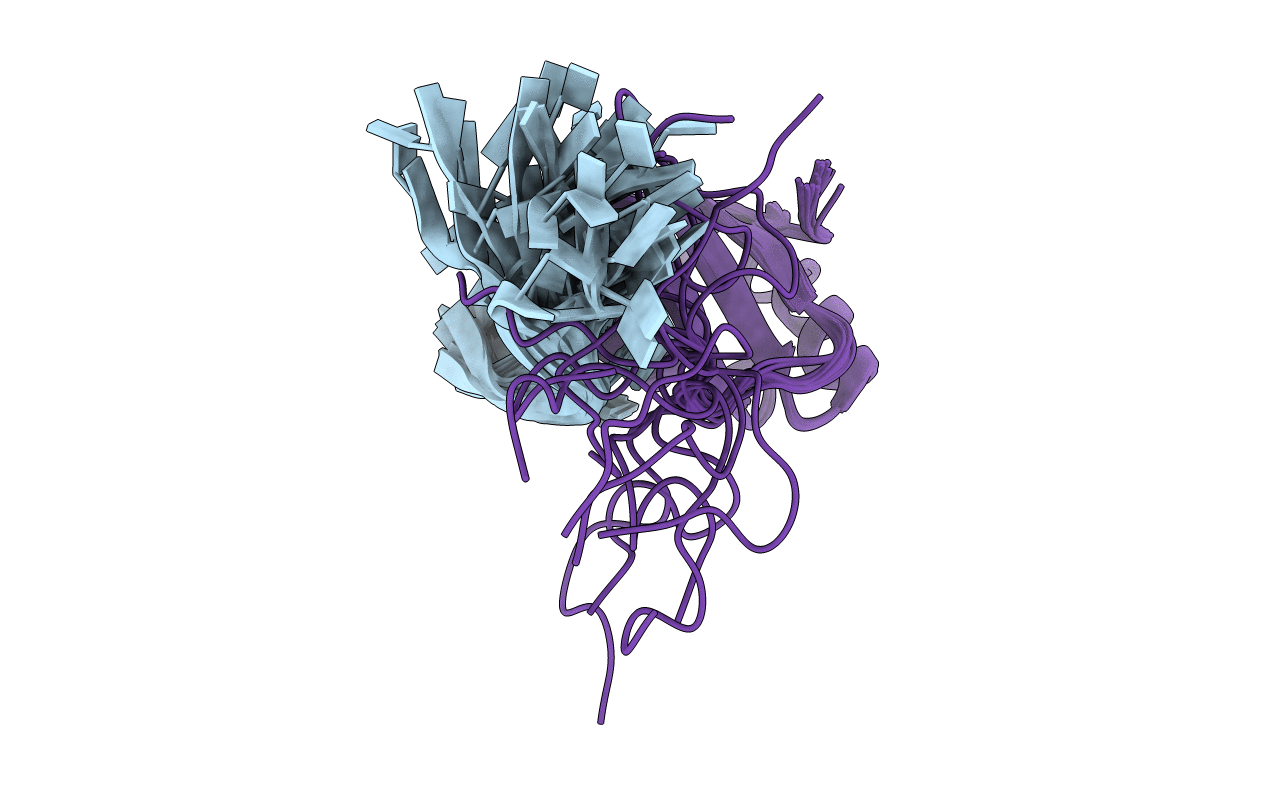
Deposition Date
2013-05-17
Release Date
2013-07-10
Last Version Date
2024-05-15
Entry Detail
PDB ID:
2M8D
Keywords:
Title:
Structure of SRSF1 RRM2 in complex with the RNA 5'-UGAAGGAC-3'
Biological Source:
Source Organism:
Homo sapiens (Taxon ID: 9606)
Host Organism:
Method Details:
Experimental Method:
Conformers Calculated:
50
Conformers Submitted:
16
Selection Criteria:
structures with the lowest energy


